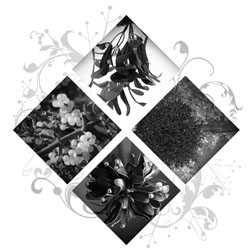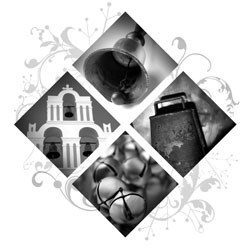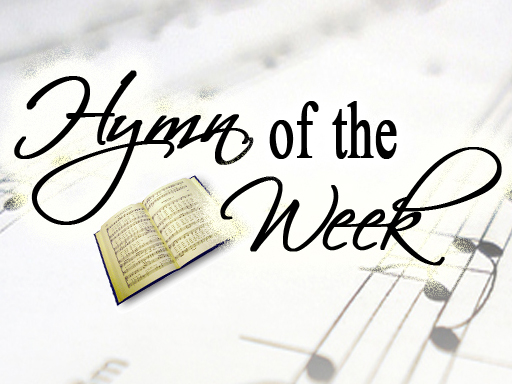Poinsettias
The following text is drawn from our featured Christmas book and is also available for free as audio.
 Poinsettias are certainly a natural plant to associate with Christmas. They bloom during the Christmas season, and their star-shaped leaves call to mind both the star of Bethlehem and Christ himself who is called the “bright morning star.”
Poinsettias are certainly a natural plant to associate with Christmas. They bloom during the Christmas season, and their star-shaped leaves call to mind both the star of Bethlehem and Christ himself who is called the “bright morning star.”
The poinsettia, which is native to Mexico, is called “Star Flower” in the language of the Aztec people. Apparently, poinsettias were so popular among the Aztecs that the last of their kings, Montezuma, had large quantities carried to what is now Mexico City (since they could not be grown in its high altitude).
Even after the Spanish conquest of the Aztec Empire in the 16th century, the poinsettia retained its popularity in Mexico. However, since the country was Christianized through the influence of the Spaniards, the poinsettia came to be associated with Christmas. A charming legend was spread throughout Mexico telling of how a simple weed was miraculously transformed into the first poinsettia plant on Christmas Eve. The plant soon came to be known in Mexico as the Flores de Noche Buena (Flowers of the Holy Night).
The American name, Poinsettia, comes from a 19th century physician, botanist and politician, Joel Roberts Poinsett. In 1825, Poinsett became the first U.S. ambassador to Mexico. Apparently, he injected himself so deeply in Mexican politics (until his recall in 1830) that the Mexicans coined the word poinsettismo to describe intrusive behavior. Though his contribution to Mexico may have been questionable, Poinsett’s contribution from Mexico proved to be an enduring one. Because of his interest in botany, Poinsett actively sought out new plant species during his stay. While visiting an area in Southern Mexico, Poinsett found the plant that was soon to carry his namesake. He sent samples of the plant home to his greenhouse in South Carolina and thus introduced the plant to the United States.
The origin of the botanical name of the poinsettia, Euphorbia Pulcherrim, is even more intriguing. In the 18th century, Carl Linnaeus, often called the “Father of Taxonomy” because of his system for naming and classifying organisms, named the genus Euphorbia in honor of Euphorbus, a first century physician. Little is known of Euphorbus beyond his association with a plant from distant Africa, but it is believed that he used this African plant medicinally. On the other hand, Euphorbus’ brother, Antonius Musa, was a much more distinguished physician who had a bronze statue erected in his honor.
Linnaeus was struck by the contrast between the legacies of Euphorbus and his brother Musa. The bronze statue of Musa had vanished, but Euphorbus’ legacy of a remote plant had remained. Musa’s name was attached to the creation of man, whereas Euphorbus’ name was attached to the creation of God. Linnaeus wrote, “Where now is the statue of Musa? It has perished, vanished. But that of Euphorbus is perdurable, perennial, nor can it ever be destroyed.”
Linnaeus had a passion for nature and a deep love for God. He believed that the study of nature revealed God’s divine order, and in the preface to his taxonomy book, Linnaeus wrote that “the earth’s creation is the glory of God, as seen from the works of Nature by Man alone.”
As we enjoy the stunning and radiant colors of poinsettias this Christmas season, may we, like Linnaeus, recognize God’s glorious hand in its creation.
Back to Main Christmas Symbols Page.
We welcome your questions and feedback. If you are seeking information on poinsettias that is not found on our website, please contact us.
This content has a copyright © 2008 by Angie Mosteller. Please cite the source if you use this material: http://www.celebratingholidays.com/?page_id=1579.






